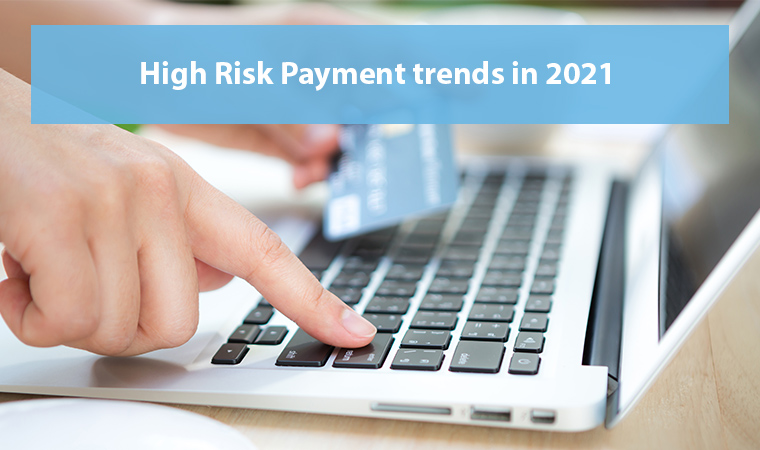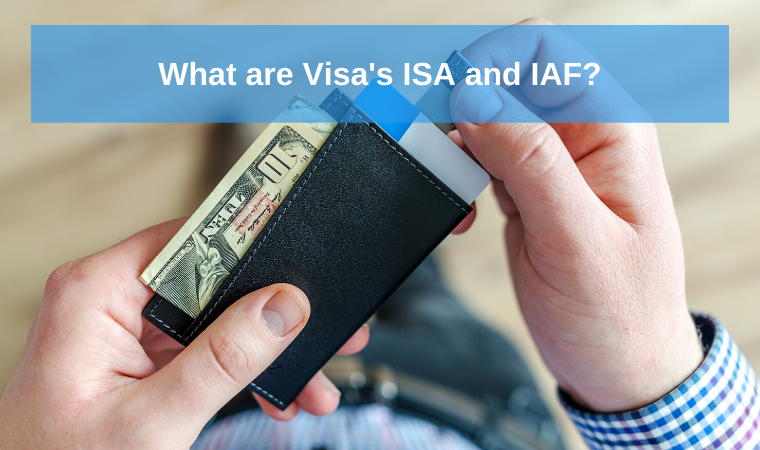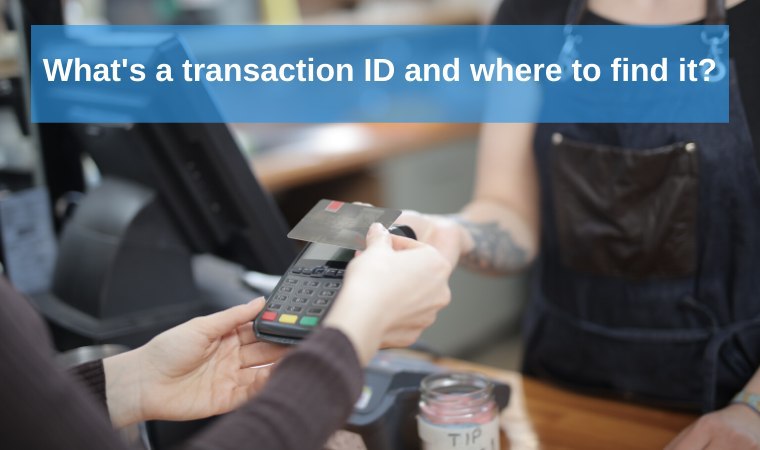Reason Code / Chargeback Reason Code
The chargeback reason code is a string of letters and numbers the issuing bank provides to describe the reason for the chargeback. The code length varies from 2 to 4 symbols. Hence, all the card brands own the chargeback code system. So, Visa or Mastercard will share their own code for the chargeback. Reason codes play an important role as they systemize the reasons, based on which the bank asks for the chargeback on the client’s behalf.
Most commonly, the bank’s employee assigns a case to a certain code if any of them fits. If there’s no fitting code, the bank’s representative may decline the claim.
If the issuing bank starts the dispute, it assigns a reason code to the case. As we have mentioned, it’s a 2 to 4-digit alphanumerical value. Merchants have 2 options: either accept the dispute or use the code and prove why the transaction was valid.
Card brands’ chargeback reason codes
Some card brands are more typical in select countries or industries. So, there are 4 most popular card brands like Mastercard, Discover, Visa, and Amex.
Visa divides the chargeback reason code system into 4 parts. Consequently, they are customers’ disputes, processing errors, fraud, and authorization errors. 2 numbers refer to each group, the specification goes with the next 2 numbers or letters.
Discover uses predominantly alphabetic symbols to mark the chargeback codes. The codes will showcase customers’ claims, fraud, and processing errors.
Mastercard uses a 4-digit code system. Commonly, the code will start with 48 followed by 2 alphanumeric symbols to specify the case.
Amex has 5 main chargeback reasons categories. The code starts with the letter that refers to the reason type followed by the number to show the particular reason.


